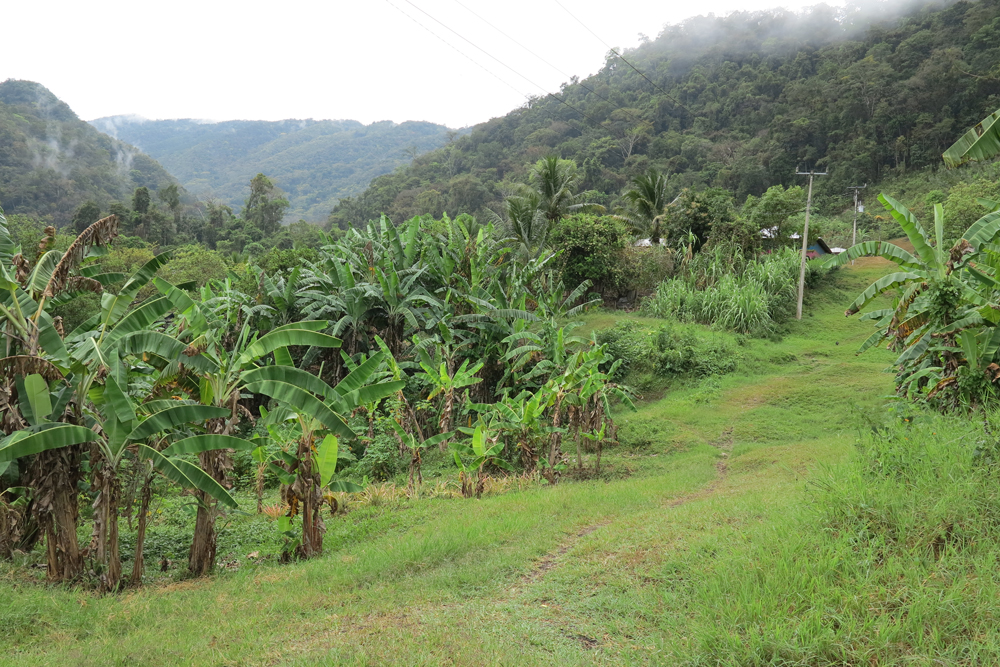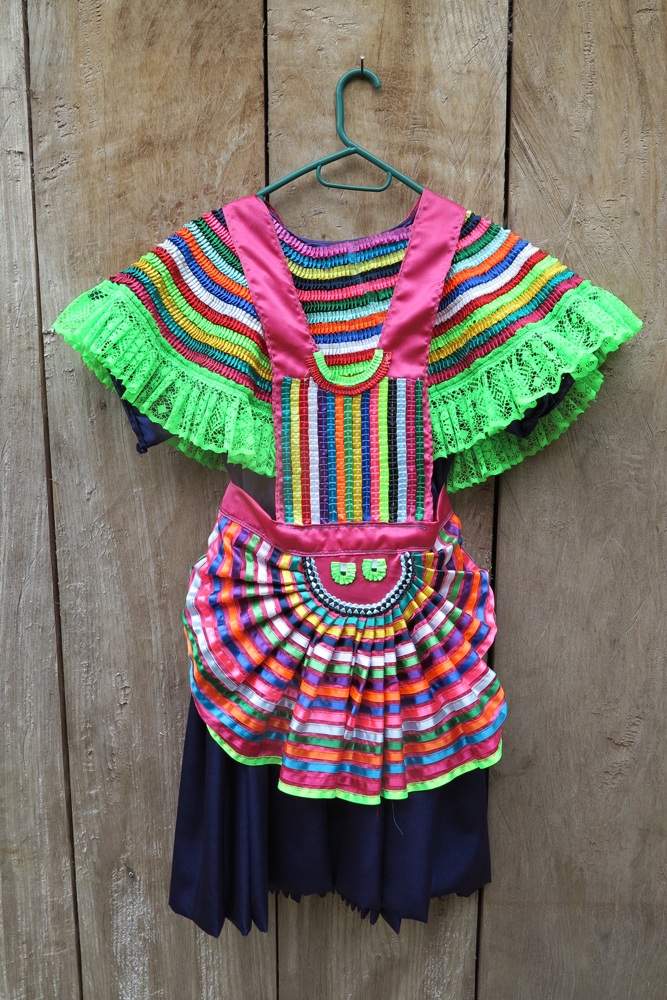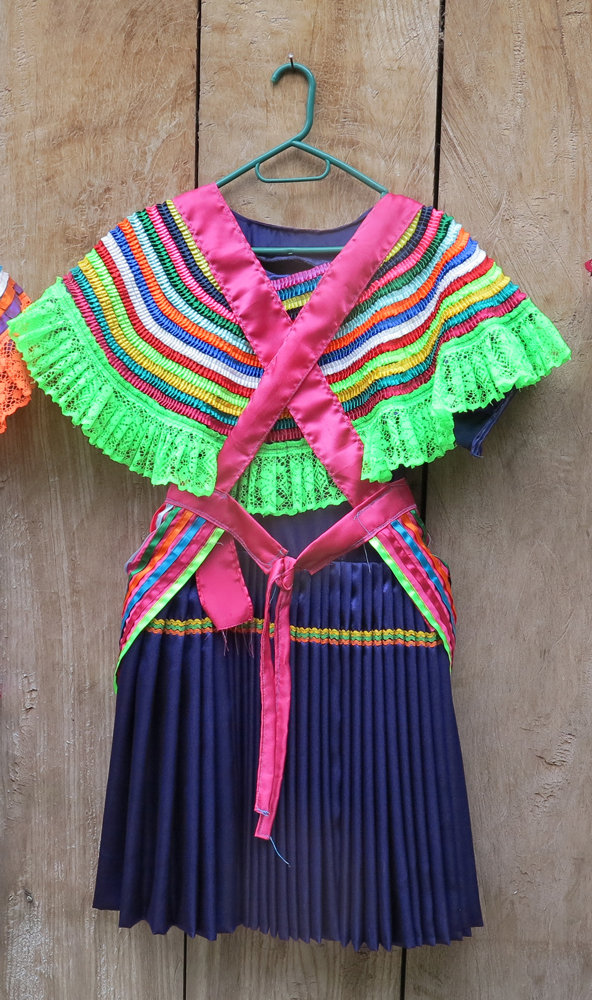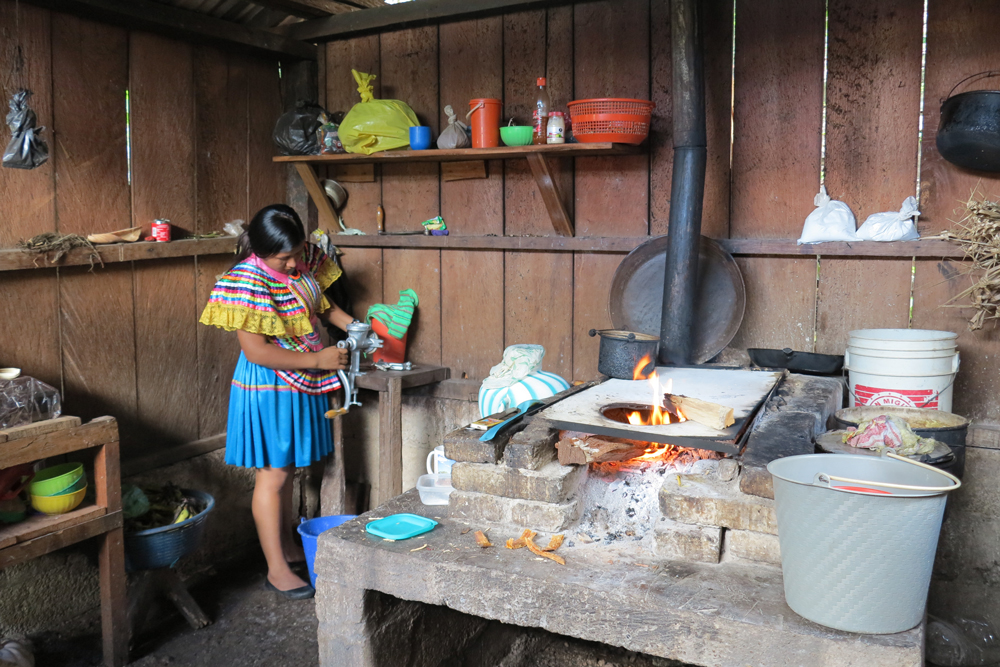The Tseltalero Dress: A Story About Resistance, Creation and Sharing
A text by María Naidich
“Look sister, all things have a heart, all things live even if you can’t tell. Look at this stone that works as a bench for us. It too has a heart. Your eyes can’t tell, you can’t hear it either, you don’t know it either because you don’t see how it lives, how it moves. You don’t know how it lives. I mean, you don’t see it or feel it. But it does live. It does move, even if very, very slowly. It has a heart. Believe me.”1


This first Booklook issue shares a text by artist and researcher María Naidich about the Tseltalero dress, a garment created and worn by women from both Tseltal and Tojolabal communities in the Lacandon jungle, in southeastern Mexico. The Tseltalero dress represents an expression of women’s resistance to centuries of control over their clothing since the colonial times. It is a garment that is produced collectively and strengthens relationships between women, allowing them to organize and function autonomously. María’s research on this dress is developed in conversation with the Tojolabal community of San Gregorio la Esperanza. It explores the complex value of this dress within the Tojolabal and Tseltal worldview, sharing some ideas about beauty, garments and the body from a non-Eurocentric perspective.




The text of this issue is accompanied with several voice recordings from Mari Flor Aguilar, Juana Mariola Hernández & Jose Mario Aguilar from San Gregorio la Esperanza, as well as a writers note from María Naidich and editors note from Valentina Sarmiento. You can listen to these recordings via the following link.



Download PDF: The Tseltalero Dress: A Story About Resistance, Creation and Sharing, text by María Naidich,developed in conversation with the Tojolabal community of San Gregorio la Esperanza.
1 Lenkersdorf, Carlos. Los hombres verdaderos, voces y testimonios tojolabales. México: Siglo XXI editores, 2017.
